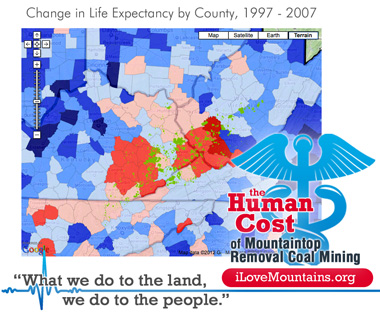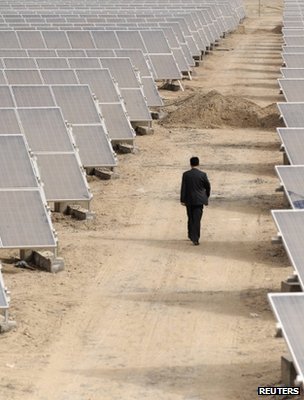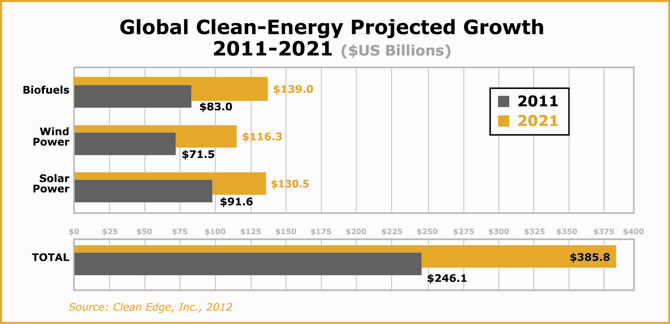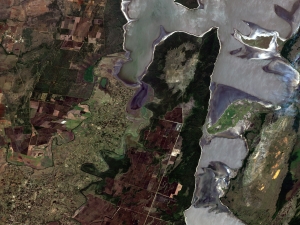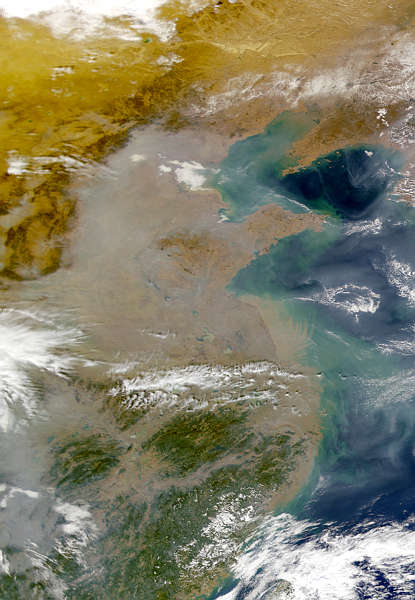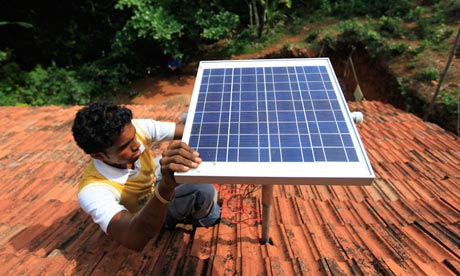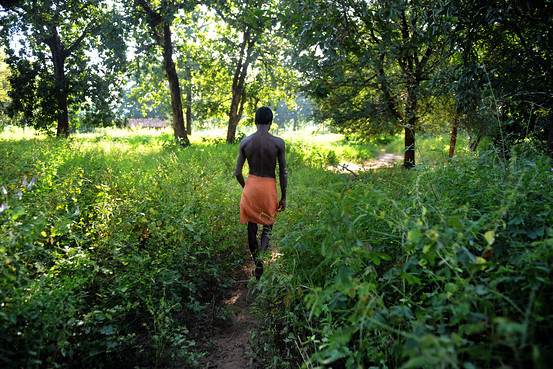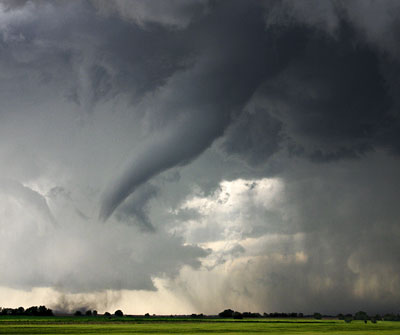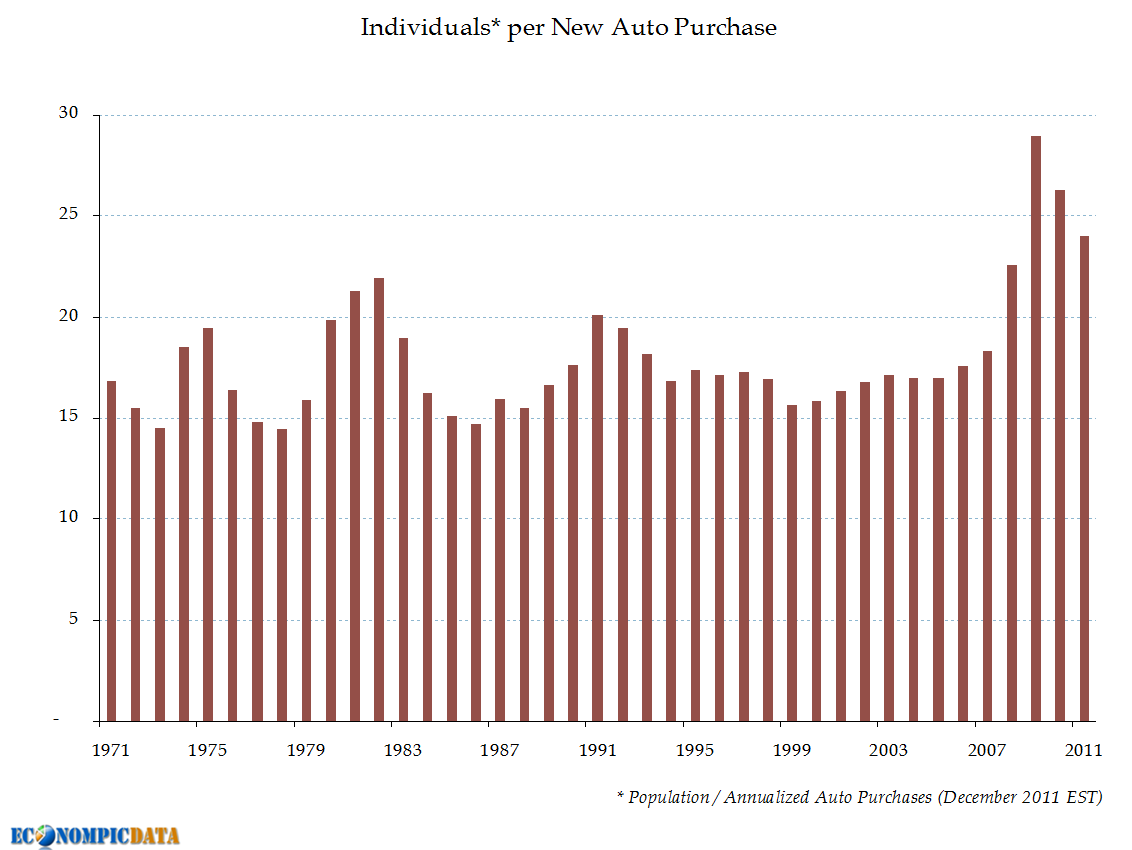National
Submitted by ward on
US tops global clean energy investment rankings
Submitted by ward on
Global Clean Energy Projected Growth for 2011-2021
Submitted by marcusaluna on
Energy ring best option to solve regional needs
Submitted by ward on
Scientists' satellite images track Malaria
Submitted by ward on
Pollution in China: Man-made and visible from space
Submitted by ward on
India records world-beating green energy growth
Submitted by ward on
Tribal Districts Show Heavy Forest Degradation
Submitted by ward on
Number of people per car sold in US 1971-2011
Submitted by marcusaluna on



